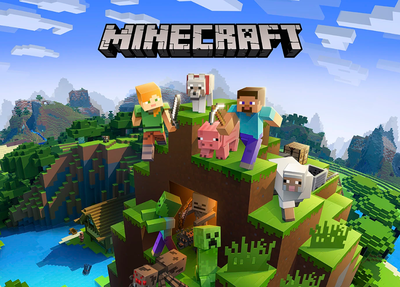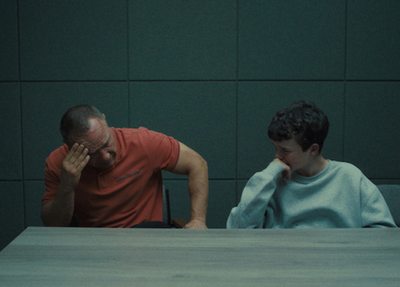
Can My Child Watch We Live in Time?
Caitlin on Nov. 1, 2024
The film We Live in Time has caught a lot of attention, with its emotional storyline and star-studded cast (Florence Pugh and Andrew Garfield). But if you’re wondering whether this film is appropriate for the whole whānau, let’s break down the themes, tone, and possible concerns, so you can make an informed choice for family viewing.
The film has been cross-rated M which means it is unrestricted but more suitable for a mature audience 16 years and older. The content warning includes sex scenes, offensive language and nudity. Sometimes unrestricted content can make it tricky for parents to decide whether their older children can watch a film or series or not. Continue reading to find out if We Live in Time is a good choice for your whānau.
What’s We Live in Time about?
We Live in Time is about two people who meet by chance and develop a deep, meaningful relationship. The story follows their journey through happy and difficult times, exploring love, loss, illness and how our memories shape us.
Key themes and emotional impact
We Live in Time delves into love, memory, and the complexities of relationships. While these themes have a broad appeal, the film’s emotional weight may feel intense for tamariki. The story includes a character’s cancer diagnosis and explores grief and loss with thoughtful sensitivity; however, these themes could be distressing, especially for viewers who have personally faced, or know someone who has battled, a terminal illness. Although a character’s death is implied rather than shown, the scene could still be upsetting for some.
For young people, this film might serve as a gentle introduction to complex emotions in relationships, helping them develop empathy and understand how people cope with loss and change. However, we encourage whānau to watch this one together, that way there is room for some post-movie chats if your child has questions about these topics.
Offensive language
The film contains some offensive language, though it’s not overly frequent or harsh. As with many dramas, words such as “f*ck” and “sh*t” do pop up, so keep this in mind if you’re concerned about language.
Sex scenes
The film has passionate sex scenes that show affection and intimacy between the main characters, though nothing overly explicit. While there are brief shots of a woman’s breasts these scenes are handled with subtlety.
Overall tone and suitable age range
The tone of We Live in Time is more contemplative and serious than lighthearted. It's a film that’s likely to appeal to young people or adults who enjoy introspective storytelling. Tamariki may find it hard to engage with the story or might not understand the characters’ choices and struggles. The non-linear storytelling style will also make it a bit harder for younger viewers to follow along.
Tips for Watching with Kids
If you do decide to watch We Live in Time with a younger rangatahi, talk with them beforehand about the themes of the film. Opening the conversation around grief and relationships can help them process the storyline, especially if these are new topics for them.
And remember, the emotional depth in this film may bring up unexpected questions or reactions from your child. Creating a safe space to talk about what they see in movies, without judgment, can be invaluable for them to feel supported in understanding challenging content.
Here are some conversation starters for We Live in Time that could help unpack the film’s themes and emotional impact with your child:
- “How did you feel about the characters’ relationship?”
This can open a discussion about the ups and downs of relationships and help them understand that no connection is perfect—empathy and patience are key. - “What do you think the movie was trying to say about memories and loss?”
The film likely touches on how memories shape us and how people cope with losing someone close. This question can lead to a thoughtful chat on how they see these themes in their own life. - “Did you relate to any of the characters or their choices?”
Ask if they see themselves in any of the characters’ decisions or actions. This helps them connect with the story personally and might help them articulate how they view relationships or loss. - “Why do you think people act differently when they’re grieving or dealing with loss?”
This could lead to a meaningful discussion on how different people express sadness or find ways to move forward, giving them a better understanding of these emotions. This could also be a good way to tackle any worry your child might have about the common fear of someone important in their life passing away. - “Was there a part of the movie that made you feel especially happy or sad?”
Encouraging them to share any emotional reactions can help them process their feelings and also lead to discussing how movies make us feel deeply about fictional stories.
Asking questions helps them critically think about what they are watching and guides them through the emotions the film might make them feel. Each of these questions can be adjusted based on your child’s age or maturity level, helping you make the conversation both relevant and comfortable for them.
We Live in Time offers a powerful story that explores adult relationships and emotions. While its messages can be impactful, we don’t think it is one to rush into with younger viewers. For parents, it’s about finding that balance: taking the emotional ride with your whānau if they’re ready, or perhaps saving it for a night when it’s just you and a bowl of popcorn.
Subscribe to our blog
Stay up to date with the Classification Office blog.


